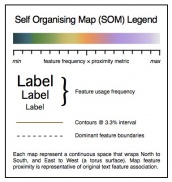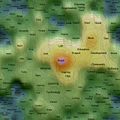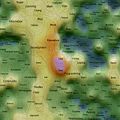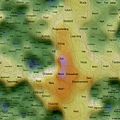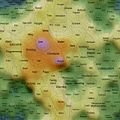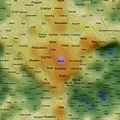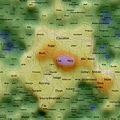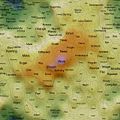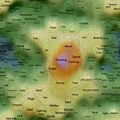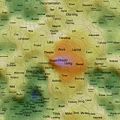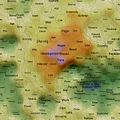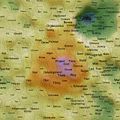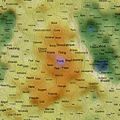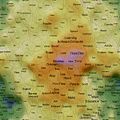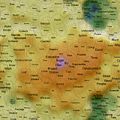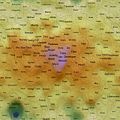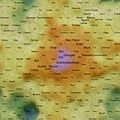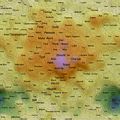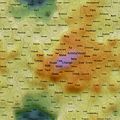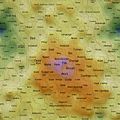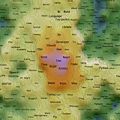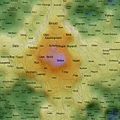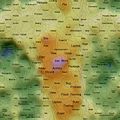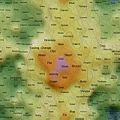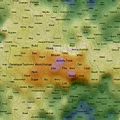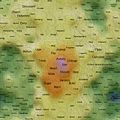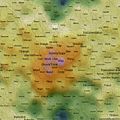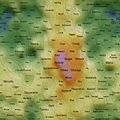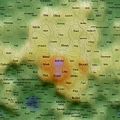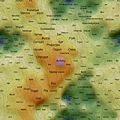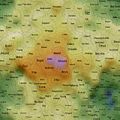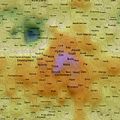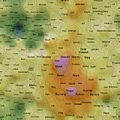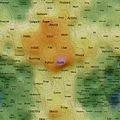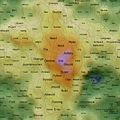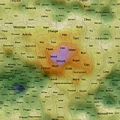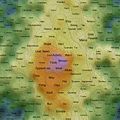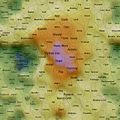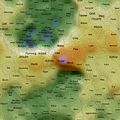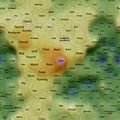Difference between revisions of "Sugar Labs/SOM"
Garycmartin (talk | contribs) |
Garycmartin (talk | contribs) (Added another gallery comment) |
||
| Line 15: | Line 15: | ||
Image:2008-August-02-08-som.jpg|'''2008 August 2nd-8th''' | Image:2008-August-02-08-som.jpg|'''2008 August 2nd-8th''' | ||
Image:2008-July-26-August-1-som.jpg|'''2008 Jul 26th - Aug 1st'''<br>A fairly quiet traffic week with a good educational focus (how to best use/apply/approach technology tools for education). | Image:2008-July-26-August-1-som.jpg|'''2008 Jul 26th - Aug 1st'''<br>A fairly quiet traffic week with a good educational focus (how to best use/apply/approach technology tools for education). | ||
| − | Image:2008-July-19-25-som.jpg|'''2008 July 19th-25th''' | + | Image:2008-July-19-25-som.jpg|'''2008 July 19th-25th'''<br>Prominent verbs are: doing; programming; learning; and education; math; etc |
Image:2008-July-12-18-som.jpg|'''2008 July 12th-18th'''<br>Some prominent themes on mathematics education. | Image:2008-July-12-18-som.jpg|'''2008 July 12th-18th'''<br>Some prominent themes on mathematics education. | ||
Image:2008-July-05-11-som.jpg|'''2008 July 5th-11th'''<br>Good educational focus; lesson plans, teachers, learning. | Image:2008-July-05-11-som.jpg|'''2008 July 5th-11th'''<br>Good educational focus; lesson plans, teachers, learning. | ||
Revision as of 12:33, 9 August 2008
Kohonen Self Organising Maps
Self Organising Maps (SOMs) can act as 2D spatial summariser visualisations of multidimensional data. In the maps shown here, text distance metrics are generated from the weekly/monthly content on some of the more active mailing lists. Using a geographic like landscape metaphor, the height (colour gradient) indicates features with strong associations to all other features; proximity represents association between specific features (e.g. related words), and label size is a rough guide to basic frequency of a feature. There are many "correct" map layouts for the same set of data, each map generation will usually settle into a slightly different set of local minima, but the associations are no less valid for each. After removing linguistic junk words, and word stemming, the maps currently pick the weeks/months top ~200 features by frequency. Each is a continuous surface and wraps around north/south and east/west (surface of a torus), so if you find an interesting label to one side, remember to check it's neighbours on the opposite side.
What Do They Show?
Well, you could just treat them like tag clouds, showing the top 200 word features used on the list for a given week/month, but the maps also hold spacial information. Word features that appear close together on the map were used closely (on average) in text content from the list. A height metaphor is also used to indicate the features with the strongest mean associations - the map auto centres on the highest pink peak features, these words have the strongest associations with all the rest of the features on the map; word features in the blue and green areas have weaker mean associations relative to the pink highs, but should not be considered negatively as they will often be tightly associated with surrounding neighbours.
It's An Education Project Mailing List
Weekly maps generated with posts from the IAEP mailing list - most recent maps shown first.
Sugar Mailing List
Monthly maps generated with posts from the mailing list - most recent maps shown first.
Future
The mapping algorithms and visualisation style will continue to be refined, details will be posted here on any significant modifications. The code base was originally designed for bulk text documents from a single author, tested on works of literature from Project Gutenberg.
